Are you considering adding a Tibetan Mastiff to your family? These majestic dogs have been bred for centuries to be guardians of their flock and are known for their loyalty and protective instincts. However, before making the decision to bring home a Tibetan Mastiff, it is important to consider their unique characteristics and needs. This breed is not for everyone, but for those who are willing to put in the time and effort to properly train and care for them, a Tibetan Mastiff can make a wonderful and devoted companion.
Breed Category: Working
Country of Origin: Tibet
Average Size:66-76 cm (at the shoulder)
Average Weight:45-72 kg
Average Life Span: 10-12 years
Grooming Requirements: High (daily brushing, occasional professional grooming)
Exercise Requirements:Moderate (daily walks and playtime)
History and Origin
The Tibetan Mastiff is a large and powerful breed of dog that has been around for centuries. It is believed that the breed originated in Tibet, where it was used as a guard dog for livestock and property. The breed was also used by Tibetan monks to guard their monasteries.
The Tibetan Mastiff is a very ancient breed, with a history that dates back to the time of the Tibetan Empire. The breed was highly valued by the Tibetan people, who believed that the dogs had the ability to ward off evil spirits. The dogs were also used to protect the flocks of sheep and goats that were kept by the nomadic tribes of Tibet.
The Tibetan Mastiff is a very large dog, with a muscular build and a thick coat of fur. The breed is known for its loyalty and protective nature, and is often used as a guard dog in modern times. The breed is also popular as a family pet, due to its gentle nature and affectionate personality.
The Tibetan Mastiff was first introduced to the Western world in the 1800s, when British explorers brought the dogs back to England. The breed quickly gained popularity among dog enthusiasts, and was soon recognized by the Kennel Club in the UK. Today, the breed is recognized by all major kennel clubs around the world.
The Tibetan Mastiff is a very rare breed, with only a few thousand dogs in existence worldwide. The breed is highly prized by dog enthusiasts, and is often sold for very high prices. The dogs are also used in breeding programs to create new breeds of dogs, such as the Tibetan Mastiff crossbreeds.
In recent years, the Tibetan Mastiff has become a symbol of wealth and status in China, where the breed is highly prized. The dogs are often used as a status symbol by wealthy individuals, and are sometimes given as gifts to government officials. The breed has also been featured in several Chinese films and television shows.
Despite its popularity, the Tibetan Mastiff is still a relatively unknown breed in many parts of the world. The breed is not well-suited to apartment living, and requires a large amount of space and exercise. The dogs are also prone to certain health problems, such as hip dysplasia and eye problems.
Overall, the Tibetan Mastiff is a fascinating breed with a rich history and a

Size and Breed Category
The Tibetan Mastiff is a large breed of dog that originated in Tibet. They are known for their impressive size and strength, with males typically weighing between 45-72 kg and standing at a height of 66-76 cm at the shoulder. Females are slightly smaller, weighing between 34-54 kg and standing at a height of 61-71 cm at the shoulder. Their thick, double coat is typically black, brown, or gold in color and can be either long or medium in length.
The Tibetan Mastiff is classified as a working breed, originally bred to guard livestock and property. They are known for their loyalty and protective nature, making them excellent guard dogs. However, they can also be independent and stubborn, requiring a firm and consistent hand in training. Due to their size and strength, they require plenty of exercise and a large living space. Overall, the Tibetan Mastiff is a majestic and powerful breed that requires an experienced owner who can provide them with the proper care and training they need.

Fur Length and Colour
The fur of the Tibetan Mastiff is one of its most distinctive features. It is long and thick, providing excellent insulation against the cold mountain climate of its native Tibet. The fur is also quite coarse, with a rough texture that helps to repel dirt and debris. The colour of the fur can vary widely, with shades ranging from black to brown to gold. Some Tibetan Mastiffs have a solid colour, while others have a mix of colours or a patterned coat. The fur on the face and legs is typically shorter than the fur on the body, giving the dog a distinctive appearance.
The length of the fur on the Tibetan Mastiff can vary depending on the season. During the winter months, the fur grows longer and thicker to provide extra warmth. In the summer, the fur sheds to a shorter length, allowing the dog to stay cool in the warmer temperatures. The colour of the fur can also change slightly depending on the season, with some dogs becoming lighter or darker depending on the amount of sunlight they receive. Overall, the fur of the Tibetan Mastiff is a key part of its appearance and provides both practical and aesthetic benefits.

Termperament and Trainability
Tibetan Mastiffs are known for their independent and strong-willed temperament. They are not a breed for first-time dog owners as they require an experienced handler who can establish themselves as the pack leader. These dogs are highly protective of their family and territory, which can make them suspicious of strangers. However, with proper socialization and training, they can learn to be more accepting of new people and situations. Tibetan Mastiffs are also known for their loyalty and devotion to their owners, making them excellent guard dogs.
When it comes to trainability, Tibetan Mastiffs can be challenging to train due to their independent nature. They have a strong sense of self and can be stubborn when it comes to following commands. However, with consistent and patient training, they can learn to obey their owners. Positive reinforcement techniques, such as treats and praise, work best with this breed. It is important to start training early and to be firm but gentle with them. Tibetan Mastiffs also require regular exercise and mental stimulation to prevent boredom and destructive behavior.
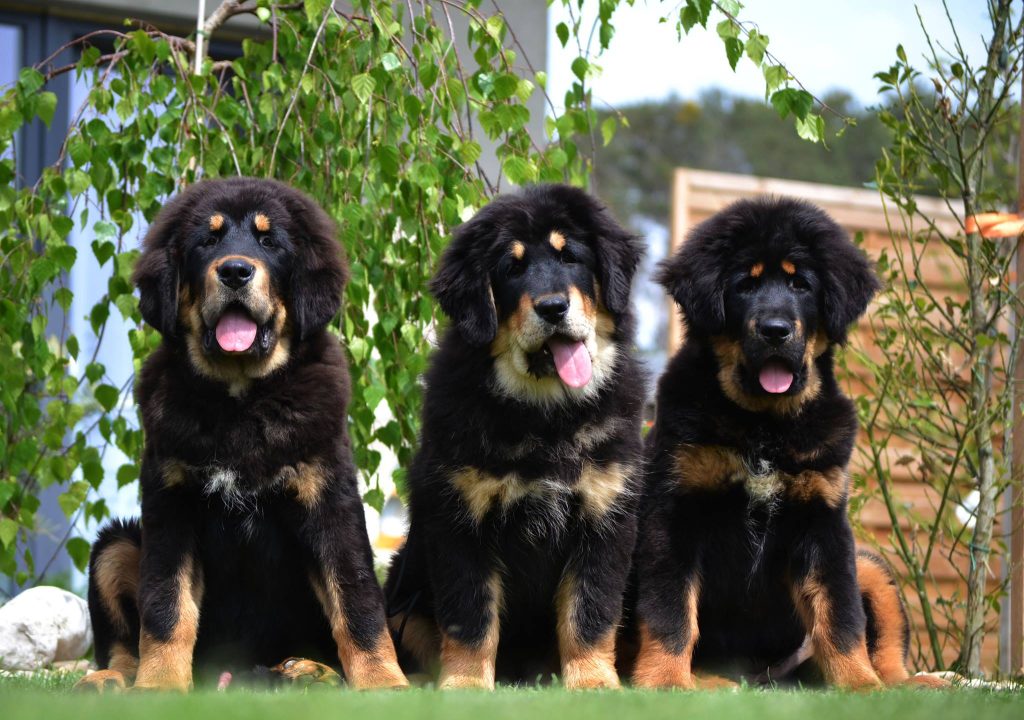
Known Health Conditions
Tibetan Mastiffs are prone to certain health conditions that owners should be aware of. One of the most common issues is hip dysplasia, which is a genetic condition that affects the hip joint. This can cause pain, lameness, and arthritis in the affected joint. Another condition that Tibetan Mastiffs are susceptible to is hypothyroidism, which is a disorder that occurs when the thyroid gland doesn’t produce enough hormones. Symptoms of hypothyroidism can include weight gain, lethargy, and skin problems. Additionally, Tibetan Mastiffs may develop eye problems such as cataracts or progressive retinal atrophy, which can lead to blindness. It’s important for owners to have their Tibetan Mastiffs regularly screened for these conditions to ensure early detection and treatment.
Another health concern for Tibetan Mastiffs is bloat, which is a life-threatening condition that occurs when the stomach fills with gas and twists on itself. This can cause a decrease in blood flow to the stomach and other organs, leading to shock and even death. Tibetan Mastiffs are also prone to heart problems such as dilated cardiomyopathy, which is a condition that causes the heart to enlarge and weaken. Symptoms of dilated cardiomyopathy can include coughing, difficulty breathing, and lethargy. Finally, Tibetan Mastiffs may develop skin allergies or infections, which can cause itching, redness, and hair loss. Owners should be vigilant in monitoring their Tibetan Mastiffs for any signs of these health conditions and seek veterinary care immediately if they suspect a problem.

Openness to Strangers
Tibetan Mastiffs are known for their reserved nature when it comes to strangers. They are not the type of dog to immediately approach someone they do not know. Instead, they tend to observe from a distance and only approach when they feel comfortable. This can make them seem aloof or even unfriendly to those who are not familiar with the breed. However, once a Tibetan Mastiff has established trust with someone, they can be incredibly loyal and affectionate.
It is important to note that the openness to strangers of a Tibetan Mastiff can vary depending on their individual personality and upbringing. Proper socialization and training can help them become more comfortable around new people and situations. However, it is also important to respect their natural instincts and not force them into uncomfortable situations. Overall, Tibetan Mastiffs require patience and understanding when it comes to their interactions with strangers.
Playfulness Level
The Tibetan Mastiff is a highly playful breed of dog that loves to engage in various activities. They are known for their energetic nature and their love for playtime. Whether it’s playing fetch, running around in the park, or simply chasing after their owners, these dogs are always up for some fun. They have a great sense of humor and are always looking for ways to make their owners laugh.
Their playful nature is not just limited to physical activities. They also love to engage in mental stimulation games such as puzzle toys and hide-and-seek. These activities not only keep them entertained but also help to keep their minds sharp. The Tibetan Mastiff is a breed that thrives on attention and interaction with their owners. They are highly social animals and love to be around people. Their playful nature makes them a great addition to any family and they are sure to bring a lot of joy and laughter into their owner’s lives.
Suitability as a Pet for Children
Tibetan Mastiffs are known for their loyalty and protective nature, making them a great pet for families with children. They are intelligent and can be trained easily, but they do require a firm and consistent hand. Their large size and strength mean that they need plenty of exercise and space to roam, so they may not be suitable for families living in small apartments. However, with proper training and socialization, Tibetan Mastiffs can make wonderful companions for children who are taught to respect their boundaries and handle them with care.
Exercise Needs
#ERROR!
Suitability for a Multi-Pet Family
Tibetan Mastiffs have a reputation for being independent and protective. They were originally bred to guard livestock and property, so they may view other pets as potential threats. However, with proper socialization and training, Tibetan Mastiffs can learn to coexist peacefully with other animals in the household. It’s important to supervise interactions between the Tibetan Mastiff and other pets, especially during the initial introduction period. Additionally, providing each pet with their own space and resources can help prevent conflicts.
Housing Requirements
Tibetan Mastiffs require a spacious and secure living environment. They are a breed that needs plenty of room to move around and exercise. A large, fenced yard is ideal for them to run and play in. It is important to note that Tibetan Mastiffs are known for their digging abilities, so the fence should be buried deep into the ground to prevent them from escaping. Additionally, they need a sheltered area where they can rest and seek shade during hot weather. The shelter should be well-ventilated and insulated to protect them from extreme temperatures.
Inside the house, Tibetan Mastiffs need a comfortable and quiet space to sleep and relax. They prefer a cool and well-ventilated area, away from direct sunlight and drafts. A large dog bed or crate is recommended, as they need plenty of space to stretch out. Tibetan Mastiffs are known for their heavy shedding, so regular grooming is necessary to keep their coat healthy and clean. They also need access to fresh water at all times, and their food should be stored in a dry and cool place.
Summary
The Tibetan Mastiff can be a challenging pet due to their strong-willed nature and need for extensive training and socialization. They require a large amount of exercise and space to roam, making them better suited for homes with large yards or rural areas. Additionally, their thick coat requires regular grooming and maintenance. While they can be loyal and protective of their family, they may not be suitable for first-time dog owners or those looking for a low-maintenance pet.
Tibetan Mastiff – Do-Khyi Dog FAQS
No, Tibetan Mastiffs can be stubborn and difficult to train. Early socialization and training are important.
Yes, Tibetan Mastiffs are known to be good with children, but they should always be supervised.
Yes, Tibetan Mastiffs can be prone to hip dysplasia, eye problems, and thyroid issues. Regular vet check-ups are important.
Yes, Tibetan Mastiffs are known for their protective nature and make excellent guard dogs.
Yes, Tibetan Mastiffs require daily exercise and walks to maintain their health.
Yes, Tibetan Mastiffs have a thick double coat and shed heavily twice a year.
The average lifespan of a Tibetan Mastiff is 10-12 years. Proper care and regular vet check-ups can help extend their lifespan.
The amount of food depends on the dog’s age, weight, and activity level. Generally, 2-4 cups of high-quality dog food per day is recommended.
A Tibetan Mastiff can grow up to 66-76 cm in height.
The average weight of a Tibetan Mastiff is between 45-72 kg.
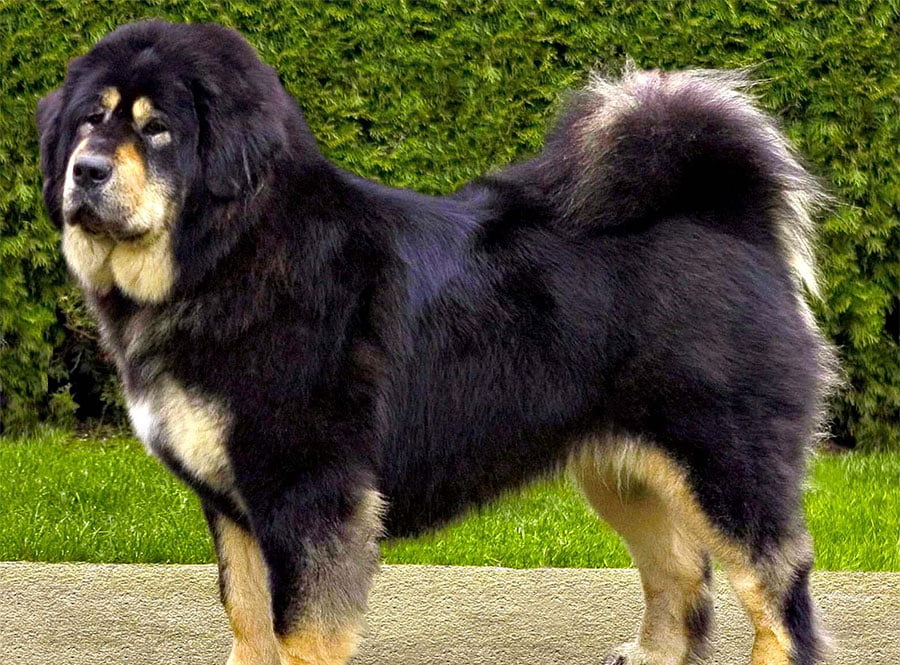
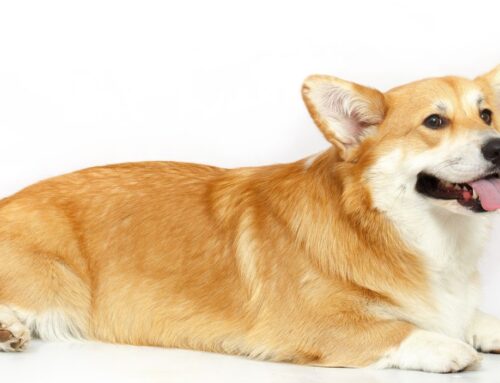

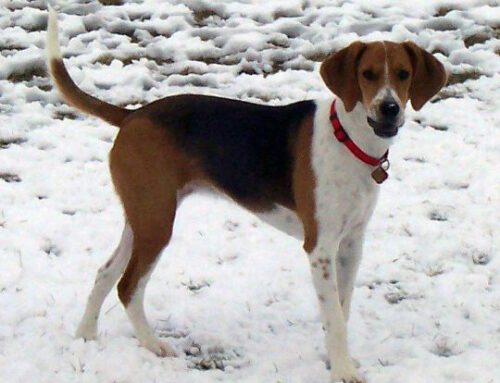
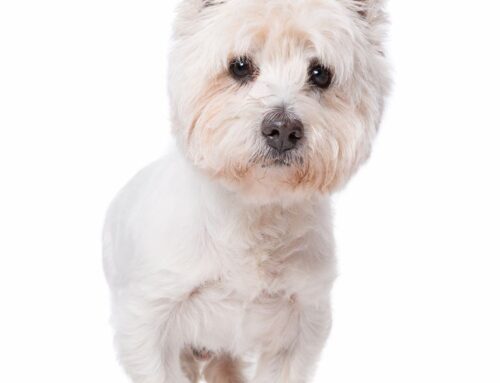

Leave A Comment